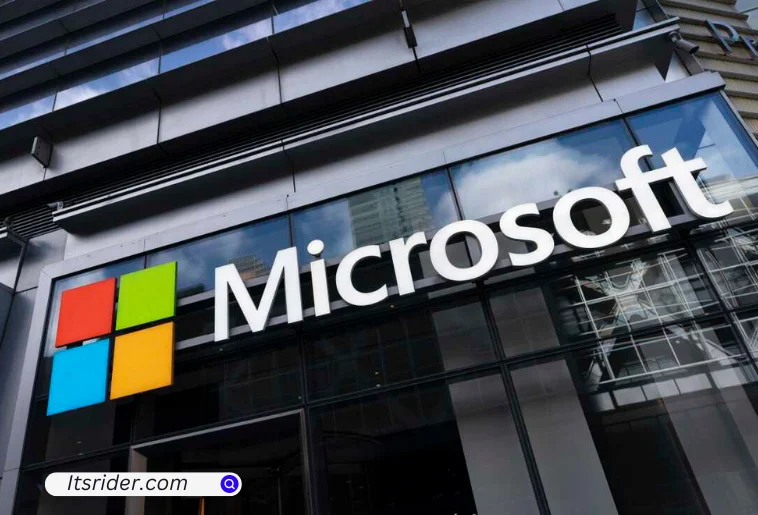A recent Microsoft global outage has caused widespread disruptions across various sectors, including banking, airlines, and media broadcasting. This event has underscored the critical dependency on Microsoft’s infrastructure for global operations.
Nature of the Outage
The outage, which began early on July 19, 2024, was attributed to a network configuration issue within Microsoft’s Wide Area Network (WAN). This problem affected the connectivity between clients on the internet and Microsoft’s Azure services, as well as internal connectivity between services in datacenters and ExpressRoute connections.
Impact on Microsoft Services
The outage led to significant disruptions in several key Microsoft services. Users reported being unable to access Microsoft Teams, Outlook, Azure, and other Microsoft 365 services. The issues included difficulties in sending and receiving emails, joining Teams meetings, and accessing cloud-based applications like OneDrive and PowerBi.
Banking Sector Disruptions
Banks worldwide experienced major operational challenges due to the outage. The inability to access essential Microsoft services meant that online banking, ATM services, and other digital financial services were either significantly slowed or completely unavailable. This disruption not only affected day-to-day banking operations but also posed security risks as banks scrambled to implement contingency plans.
Airline Operations Halted
Airlines were among the most visibly impacted sectors. Major carriers such as American Airlines, United, and Delta faced system outages that led to flight delays and cancellations. The inability to access booking systems, check-in services, and flight management tools caused chaos at airports, leaving passengers stranded and frustrated.
Media and Broadcasting Interruptions
Television broadcasts and other media services reliant on Microsoft’s cloud infrastructure also experienced interruptions. Networks struggled to maintain their broadcasting schedules, affecting news reports and regular programming. The outage demonstrated the extensive reliance of modern media on robust IT infrastructure to ensure seamless operations.
Corporate and Enterprise Impact
Beyond specific sectors, the outage had a ripple effect across various enterprises relying on Microsoft’s ecosystem for their daily operations. Companies reported issues with internal communications, project management, and customer service platforms. The interruption underscored the importance of disaster recovery and business continuity plans in mitigating such widespread disruptions.
Microsoft’s Response
Microsoft quickly acknowledged the issue and identified the recent WAN update as the root cause. The company’s engineers rolled back the update and initiated monitoring to restore services. Although recovery signs were visible within hours, the complete restoration took longer as different regions and services came back online at varying speeds.
Reactions and Implications
The global outage sparked a wave of reactions from affected organizations and users. Many called for better transparency and faster communication from Microsoft during such incidents. The event also highlighted the need for diversified IT strategies and the potential risks of relying heavily on a single provider for critical services.
Preventive Measures and Future Steps
In the wake of the outage, companies are likely to revisit their IT strategies. This includes investing in backup solutions, exploring multi-cloud strategies, and enhancing their disaster recovery plans. Microsoft, on its part, will need to reassess its update deployment processes to prevent similar occurrences in the future.
Conclusion
The Microsoft global outage of July 2024 served as a stark reminder of the interconnected nature of modern digital infrastructure. While the rapid response from Microsoft mitigated some of the impacts, the incident underscored the vulnerabilities and dependencies inherent in today’s IT ecosystems. Moving forward, both service providers and users must prioritize resilience and redundancy to safeguard against such disruptions.
Read More: Who Qualifies for Biden’s $1.2 Billion Student Loan Debt Cancellation?
